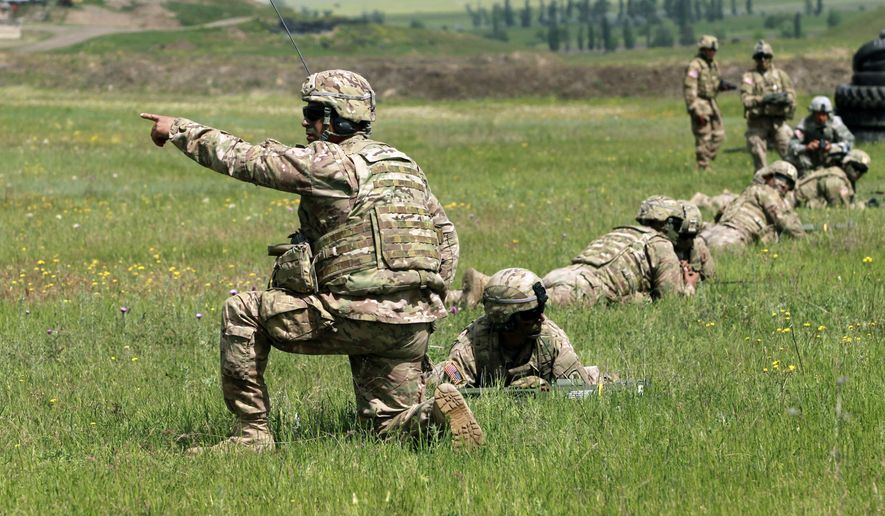OPINION:
Maybe money can’t buy happiness, but it can buy security and survival. From “safe spaces” on college campuses to “bug-out” shelters in the woods, Americans are looking for safety in a frightful world. One solution should precede all others: a refortified U.S. military.
A survey released earlier this month by the Pew Research Center revealed a sharp uptick in Americans’ support for increased defense spending. While only 13 percent favored more money for the military in 2011, 35 percent in 2016 said the U.S. should increase the money for its armed forces. Thirty percent were opposed to more defense spending in 2011, but only 24 percent now share that view. Respondents saying support should remain only the same fell from 53 percent to 40 percent. The gulf between Republicans and Democrats addicted to “free stuff” is vast: 61 percent versus 20 percent. (The nation can have a strong defense or a lot of free stuff, but not both.)
Uncertainty breeds a yearning for safety and security, and the Pew poll finds that Americans have grave doubts about the nation’s traditional leadership role in the world. The notion that the United States as a superpower should help other countries deal with their problems finds support among only 37 percent, while 57 percent said the U.S. should deal with its own problems and let others handle theirs.
Gauging from public opinion, the notion of “Fortress America” only works in a Milton Bradley board game. No fortress is secure without a sufficient force to defend it, and the nation’s primary defenders have dwindled rapidly on President Obama’s watch. The U.S. Army has shrunk to its smallest level since 1940 — a year before the United States entered unprepared into World War II. Since Mr. Obama took office in 2009, the number of soldiers on active duty has fallen from 553,044 to 479,172, a reduction of more than 13 percent. A drawdown plan implemented last summer calls for the Army to shrink further, to 450,000 soldiers by the end of fiscal 2018. The Marine Corps has lost nearly 20,000 men and the Air Force more than 22,000, and the Navy 1,500 sailors.
The president, to be sure, is not directly responsible for a weakened armed force — funding trims called for by the 2013 sequestration act have made cuts automatic. But it was Mr. Obama’s purposeful overspending that doubled the nation’s debt to $19 trillion and brought on congressional support for spending reductions. Mr. Obama’s disdain for U.S. military strength has decimated American forces. The defense budget for fiscal 2017 is capped at $551 billion, with an additional $59 billion for its war fund — far short of its peak of $721 billion in fiscal 2010.
In a presidential election year, the fate of the nation’s military might will be determined in November. Hillary Clinton says the changing weather is “the defining national security challenge of our time.” Donald Trump, the presumptive Republican nominee, promises to rebuild the military and calls “maximum firepower and military preparedness” one of his foreign-policy principles.
The nation’s uncertainty didn’t happen overnight and renewed confidence in the future won’t, either. But whatever the future holds, defense against the nation’s enemies, not speculation about the weather, should be Job One. Only losers shoot blanks.




Please read our comment policy before commenting.